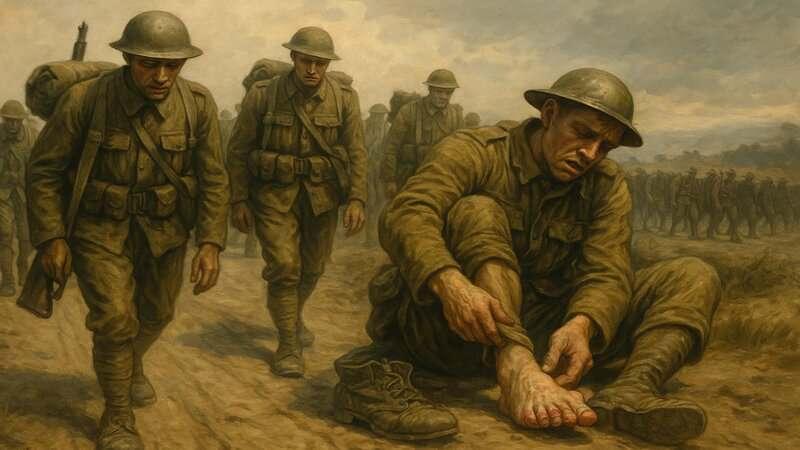1. The Bataan Death March (1942)

One of the most harrowing episodes of World War II, the Bataan Death March saw 60,000 to 80,000 American and Filipino POWs forced to trek over 65 miles under a scorching sun. With almost no food or water, and subjected to relentless brutality by their captors, thousands perished from exhaustion, dehydration, and disease. This infamous march remains a symbol of unimaginable suffering and cruelty, as well as the indomitable spirit of those who endured it. National WWII Museum


















